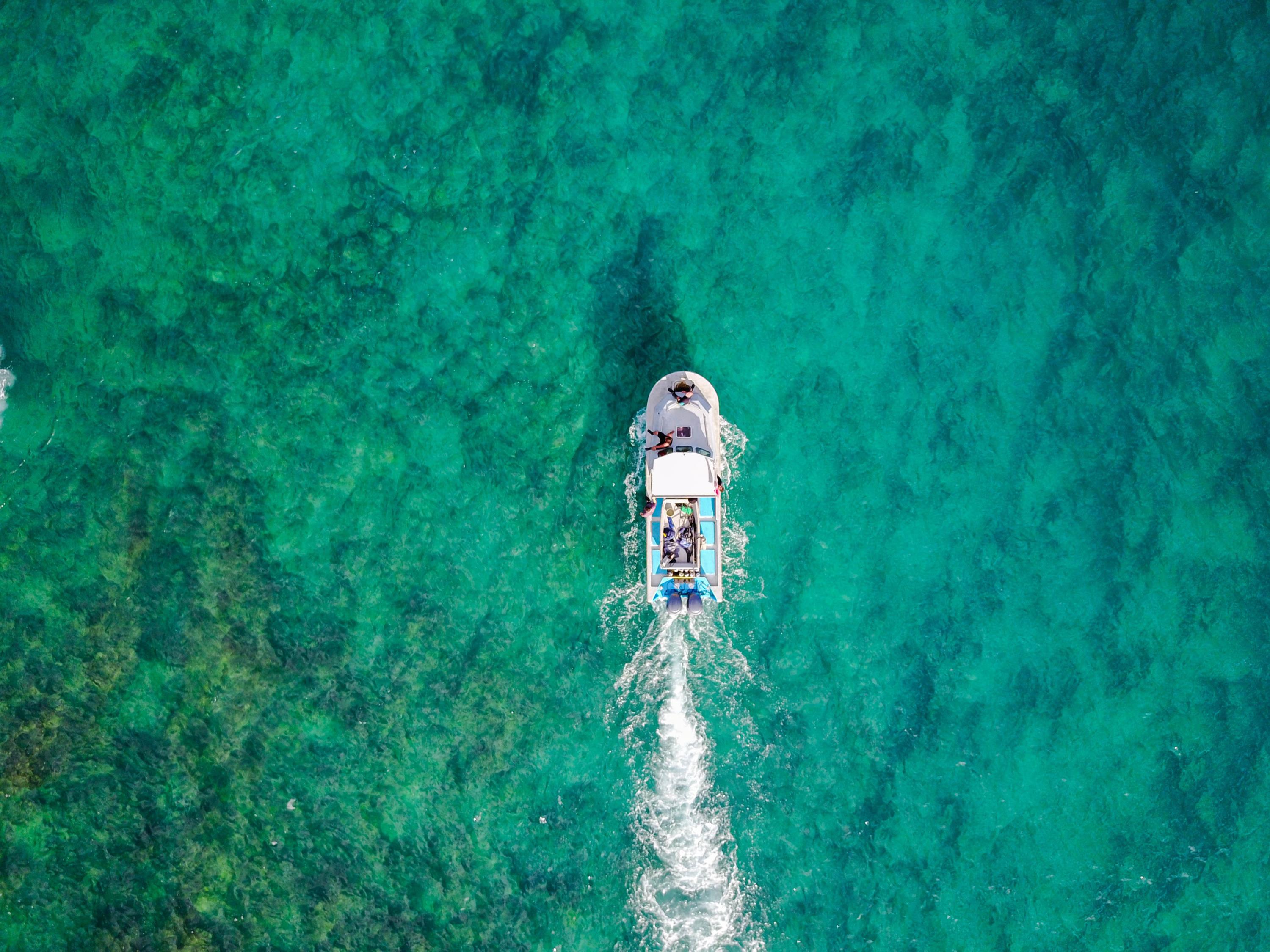
What About Your Boat's Wake?
You can save a lot of aggravation, some money and avoid being the recipient of some not so nice gestures from other boaters by using a little common sense and courtesy. This means coming completely off plane when you enter a no-wake zone or any area where your wake could compromise the safety of other boats. All too often the skippers react to a no-wake sign by slowing the boat slightly and then plowing through with the boat's bow up in the air and the stern dug down into the water. Instead of reducing the size of the boat's wake, this token reduction in speed — not quite on plane — increases the size of the wake.
No wake means NO WAKE. The first rule is to slow down so that the boat is level (without using trim tabs) and the size of the wake is negligible. Look back at the wake you're creating. You can help to reduce the size of your boat's wake by positioning passengers toward the center of the boat to keep it level. Too much weight aft lowers the stern and increases the size of the wake. Finally, keep an eye on your depth sounder; shallow water increases the impact of your boat's wake.
Damaging wakes can also be caused when a skipper waits too long to pull back on the throttle. A good example is the young skipper in New Jersey who was tying up at a marina gas dock when he encountered someone who was "cursing and accusing me of not having any respect." Words were exchanged, gestures were made. The young skipper's cruiser, it seems, had created a large wake that bashed several boats at the marina against pilings and finger piers. He had "slowed" just before reaching the gas dock, so he reasoned that the damage must have been caused by "some other boat's wake."